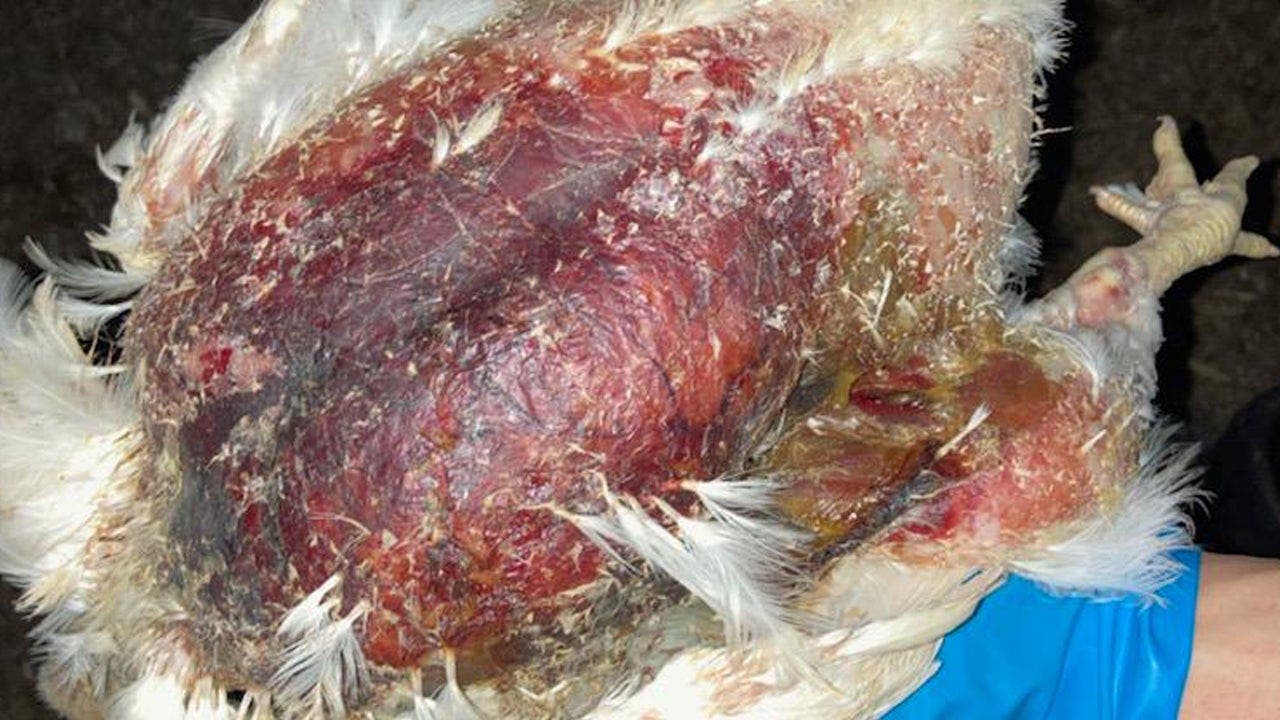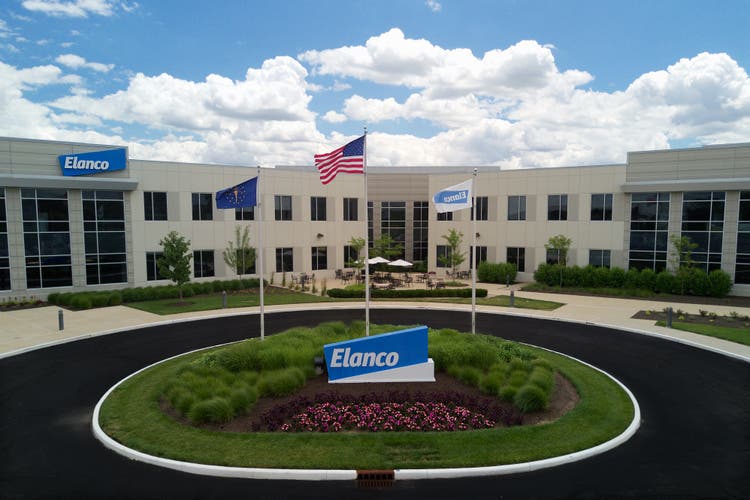Brian McComb, DVM
Dr. Brian McComb has more than 20 years of experience as a turkey production veterinarian, live production manager and technical consultant. He earned his D.V.M. in 2001 from the University of Minnesota
Clostridial dermatitis (CD) in turkeys and gangrenous dermatitis (GD) in broilers continue to be major concerns in the poultry industry. While we have gained a better understanding of these two diseases over the years, there are many questions yet to answer and no clear path to reducing these costly diseases.
Clostridium species are often identified as the cause of CD and GD. Clostridium species are ubiquitous, meaning they are found everywhere, including the barn environment and in the microflora of healthy birds. Clostridium prefers an environment with minimal or no oxygen and high moisture, making both wet litter and areas of trauma on the bird prime locations for growth.
When conditions are not conducive to survival, clostridium will form a spore that provides protection from disinfectants, pH changes, desiccation and temperature extremes. This allows the clostridium to survive indefinitely until conditions become conducive for replication.
Impact of Clostridial Dermatitis in Turkeys
Clostridium produces toxins that cause tissue destruction, rapid death and accelerated decomposition. CD was first discussed as an emerging problem in the U.S. around 25 years ago. Since that time, the field presentation has changed. During the early years, dead birds presented with fluid-filled vesicles around the tailhead (see picture below) and occasionally in the inguinal area of the legs with no lesions on internal organs. The predominant isolate from these lesions was Clostridium perfringens. It was believed that injury to the skin and muscle allowed clostridium an entry route.¹

Around 15 years ago, the disease presentation started to change. Vesicles are still found on the tailhead and inguinal area, and can also be found on the breast with subcutaneous gas production in these areas. However, the liver and spleen are now affected and often have a “cooked” appearance. In addition, gas bubbles on the surface and the body cavity often have an excess of blood-tinged fluid. Birds rapidly decompose and the dead appear to be days old. Cultures of external and internal lesions yield predominantly Clostridium septicum.
Based on these factors, it appears the Clostridium is coming from the intestines, traveling through the bloodstream and settling in organs and subcutaneous locations. It is most often seen in birds 15 to 18 weeks of age, with toms more likely affected due to a longer growing age.
Impact of Gangrenous Dermatitis in Broilers
Clostridium perfringens Type A, Clostridium septicum, E. coli and Stayphlococcus aureus have all been reported to be associated with GD in chickens.² These bacteria are all normal flora of the bird. GD in broilers date to the early 1960s. Originally referred to as “wing rot” due to the rapid rotting and necrosis of wings and other body parts, GD is most common in broilers after 35 days of age, but can also be seen in broiler-breeders.
Infection typically presents under the skin and becomes dark red and purple in color with gas bubbles under the surface. This presentation can be found around many body parts, including the inguinal fold, breast, wings, neck, feet and head (see image below). Some complexes are more susceptible than others, and infection is perpetuated by short farm downtime and seasonality. GD is typically associated with a short time period of morbidity and rapid mortality that can exceed one hundred birds a day per barn.

Best Management Practices for Treatment of Gangrenous Dermatitis in Poultry
Much has yet to be learned about CD and GD, and unfortunately these diseases will continue to be a challenge for the poultry industry for the foreseeable future. However, there are key management strategies that poultry producers can implement to help with disease prevention.
- Ensure a robust immune status.
- Reduce the level of clostridium in the environment.
- Minimize injury to the skin and intestinal tract, which are the two main routes of infection.
To help reduce immunosuppression in poultry flocks, protection against Infectious bursal disease, Marek’s, chick anemia virus and reovirus is critical to protecting the broiler’s immune system.³ An environment that promotes poor litter conditions may also predispose flocks to GD. Good litter management, immediately addressing water leaks, and the prompt pickup and proper disposal of affected dead multiple times a day are necessary to keep barn clostridium at low levels. Affected poultry farms are likely to have repeat outbreaks if the environment is not treated properly. It’s recommended to do a full litter clean-out between flocks along with longer farm downtimes and reduced stocking density. Treatment of the barn floor with a product that can lower the pH can reduce repetitive breaks on subsequent flocks. And minimizing bright lights, feed outages or any other activity that can cause excessive scratching in broiler flocks may help reduce CD in the environment.
Intestinal Integrity provided by an effective anticoccidial program, as well as pro and prebiotics, helps maintain a healthy intestinal microflora and a tight intestinal barrier that keeps clostridium or other disease-causing bacteria found in the intestine from passing into the blood and causing infection. Products can help get the flora found in the intestinal tract back in balance and may help reduce incidence and mortality. However, since Clostridial is critical to the disease, a healthy microflora does not always reduce disease.
You can work with your Elanco Technical Consultant to develop a plan to help manage CD or GD in your poultry production.
Tags
Intestinal Integrity
Turkey
Broiler Conventional
¹Safeguarding American Agriculture. Animal and Plant Health Inspection Service. 2011.
²Mandal KD. Clostridial Dermatitis: A New Concern among Turkey Farmers. Res J Recent Sci. 2015;4:1-6.
³Gornatti-Churra C. Gangrenous dermatitis in chickens and turkeys. J Vet Diagn Invest. 2018; 30(2):188-96.

